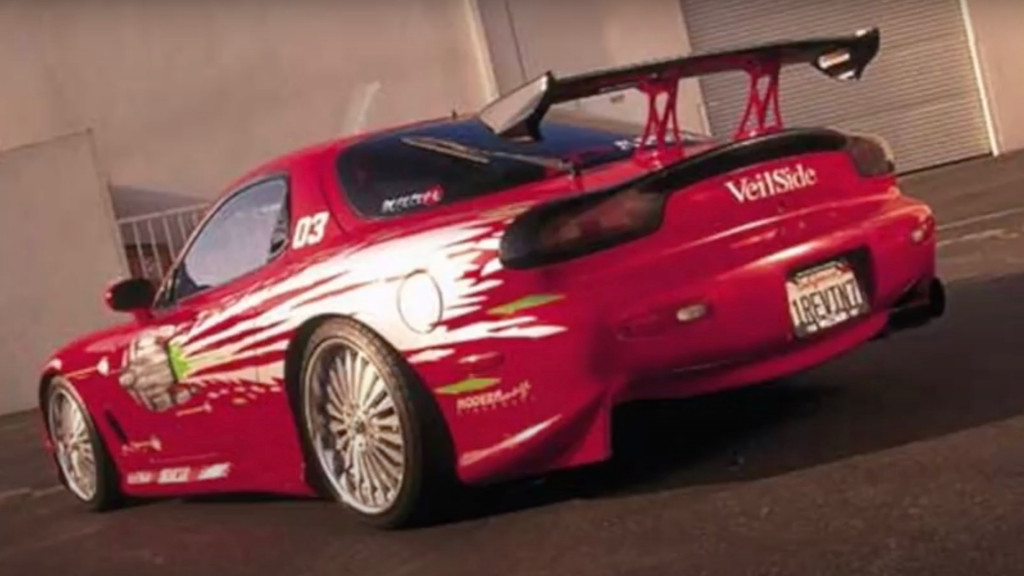For better or worse, the main cars in "The Fast and the Furious" stood out thanks to custom graphics. Craig Lieberman, technical advisor for the 2001 hit movie, has done a series of video deep dives on cars from the "Fast and Furious" franchise, but this time he's focusing on those familiar graphics.
The video is a long interview with Robert Wilson, whose shop Modern Image produced and installed the decals for the first three "Fast and Furious" movies. Wilson was a big name in the 1990s and early 2000s tuner scene, producing graphics for several magazine cover cars, Lieberman said, which is why he was approached to do the movie cars.
The graphics were designed by Universal Studios' art department and graphic designer Troy Lee. Many of the designs were chosen over the objections of the hardcore tuner people on the production team, Lieberman noted.
Those designs were printed onto die-cut vinyl decals, which required multiple layers because of the designs' complexity. Accents were then airbrushed on based on requests from the art department.

Mazda RX-7 from
Today it's possible to get the necessary details in one layer using Photoshop and digital printing, but that technology was in its infancy when the first Fast and Furious movies were being made, Wilson said.
Decals were then applied using soap and water, which required placing all of the different layers identically on multiple cars. As is typical in movie production, many copies of each car were built for specific shots or stunts, and to serve as backups.
That's a lot more than the decal shops normally handle, but at least the first movie was filmed near Wilson's Los Angeles-area base. Filming for "2 Fast 2 Furious" was done in Miami, however. While it didn't require overnighting parts from Japan, a roll of vinyl was overnighted from California to get the job done, Wilson said.
Elaborate graphics eventually fell out of fashion, both in the Fast and Furious movies and the wider car culture. The cars in more recent Fast and Furious movies are mostly monotone, which has only made the earlier movie cars more distinctive.